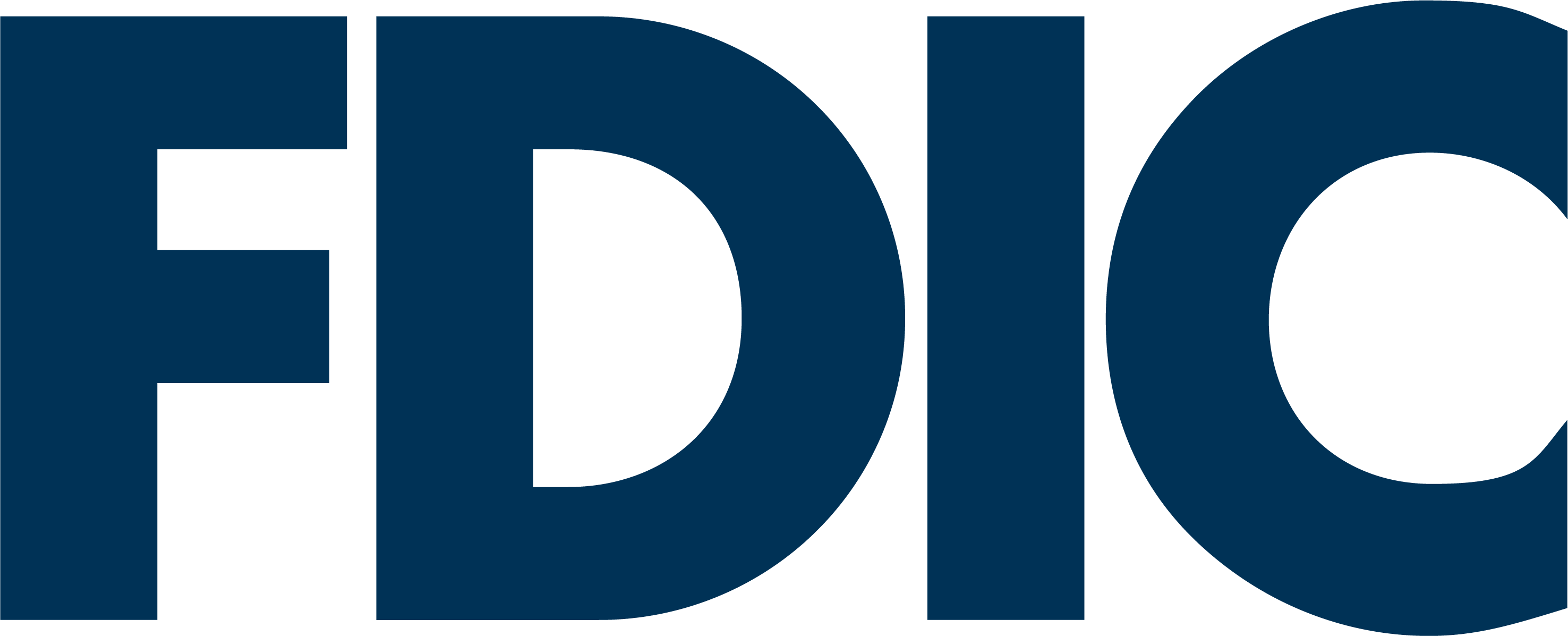COVID-19 Recovery for Small Businesses

The COVID-19 outbreak changed the course of 2020, and the plans of many, if not all, businesses. As a small business, you’re vitally important to your communities and your customers—but you may have also been hit the hardest. With a solid recovery plan, you can get back to what you do best.
When it comes to reflecting on the year behind us and planning for the years ahead, it doesn’t have to be complicated. We’ve put together three steps that will set you up for success—and in the coming weeks, we’ll dive deeper into each of them.
Reflect on 2020 and Lessons Learned
Before you can adequately plan for the future, you have to look back at the past. How did COVID-19 impact your business and what steps have you already taken to adjust? What did you do to respond that worked best and what are you most proud of?
These are just a few questions you can ask yourself, but they’ll be a great start to see where your business is and what’s worked so far. You should also be sure to update your financial statements and compare them to previous years to see the exact financial impact. Along with that, review the things that may not show up as obviously on a balance sheet. For instance, did you cut your marketing budget, lay off any employees or lose any customers to competitors? While COVID-19 has had a large impact on many businesses, it’s important to assess any other changes or developments that could have impacted your bottom line.
Review Your Business Plan
After taking stock of what you’ve learned from how the pandemic impacted your business, you can start looking at your current business plan and the immediate steps you can take to start towards recovery. Based on what you’ve seen so far, consider what in your plan or business model should change. Should you go digital? How can your organization be more efficient or how can you adjust your business plan to be more flexible for remote work?
It’s also important to look at your industry and competitors. Are there trends across your industry or changes other companies have made that you need to get on board with? Better yet—are there changes you know need to be made that no one’s moved towards yet? Finding a gap or need that hasn’t been filled could be a huge advantage as you focus on rebuilding and eventually turn your attention to expanding your customer base.
Plan for the Future
After you’ve created and enacted a plan for short-term action and recovery, you can turn your focus towards the future. You may have identified lots of opportunities in step two but don’t have the resources to implement them all at once. Create a timeline for rebuilding your business that’s realistic and prioritizes the most important steps.
It’s also important to assess any impacts the pandemic, and your response to it, had on your brand reputation. If there were positive impacts, make a plan to optimize on that and build brand loyalty. If there were any negative impacts, take steps to mitigate and regain trust.
Now’s also a great time to create your plan for the next crisis. This pandemic was unlike anything most of us have ever seen before, but there is no shortage of potential crises that could impact your business in the future. Use what you’ve learned from COVID-19 to ensure that your business is ready and able to weather any storm that comes your way.













